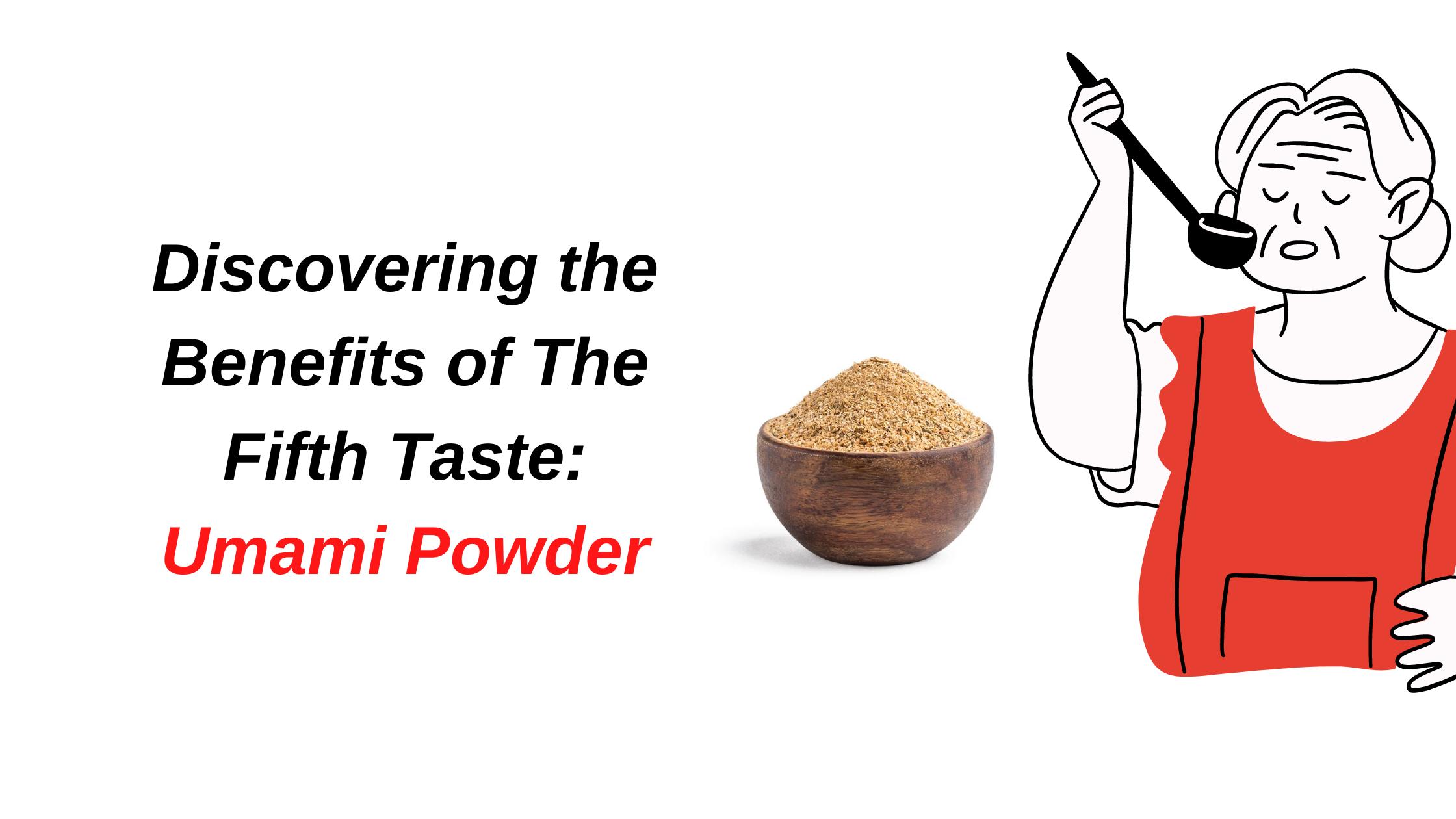When chef Auguste Escoffier created beef stock, he unknowingly created something that was much more than just the starters for soups and sauces. Something that was neither sweet, sour, salty, nor bitter; Something whose earthy savoriness varied cuisine forever.
He gave us the fifth, but yet to be called taste, umami. A hundred later, umami led to apparent intrigue. Confused about the dashi's enveloping flavor, a traditional broth, Japanese scientist Kikunae Ikeda took to his lab. There he divided the chemical compound and ground zero of the fifth taste - glutamate. He then mass-produced it as Ajinomoto or nature of taste. We know it as monosodium glutamate, decreased by those three threatening letters MSG.
Today, the term umami is translated as ''pleasant savory taste'' and that is for both official and universal use. Its scientific legitimacy is no longer questioned with the discovery of glutamate in breast milk and receptors on the tongue and stomach. Further, respected by foodies more than ever, umami-dedicated cookbooks and even restaurants highlight its delayed place in the limelight.
But one question might strike your mind that if umami's concept is well established and sorted, then why there is so much confusion and controversy over glutamate? Why is it demonized in some circles while respected in others? Probably, the answer lies in the difference between natural glutamate and those that are manufactured.
How are they different?
- First, glutamate can be found in most living things. The quantity of glutamate and the appearance of a few additional special food chemicals determine a food's umami.
- Second, when food is cooked and left behind for drying, glutamate breaks down and becomes soon more concentrated.
- Third, the glutamate detected in whole foods is chemically the same as the glutamate in powdered MSG. However, the mass product makes impurities, which may explain some people's undesirable side effects. In contrast, incomplete glutamate foods come packed with fiber, slowing their metabolism.
As for the honor, multifaceted umami powder enhances the other quality siblings. It can increase salty and sweet as well as moderate bitter and sour. As a fifth taste, it also promotes food, giving richness and complexity while improving satiety. Coating the tongue helps flavors linger. Health-supportive chefs include umami-rich foods as they bring a meaty and salty scent to vegan and or low sodium dishes. Umami powder even improves digestion, stimulating saliva and digestive juices. Following is a partial list of umami-rich foods. If you are new to this idea, take notice of these items' ''umami-ness''. Play with them in the kitchen, and you will see how just a tiny amount can change a dish. You will thank Escoffier.
Examples of Umami Powder Foods
- Beef, Pork, Lamb, Pork
- Chicken, Duck, Turkey
- Anchovies, Tuna, Shellfish, Oysters, Seaweed
- Asparagus, Mushrooms, Corn, Peas, Red Bell Peppers, Winter Squash, Potatoes, Tomatoes
- Fermented and Aged Foods like Aged Cheese, Yeast, Soy Sauce, Tempeh, Miso, and Umeboshi Paste
- Other examples are: Black Garlic, Black Olives, Green Tea, Tree Nuts, Legumes







